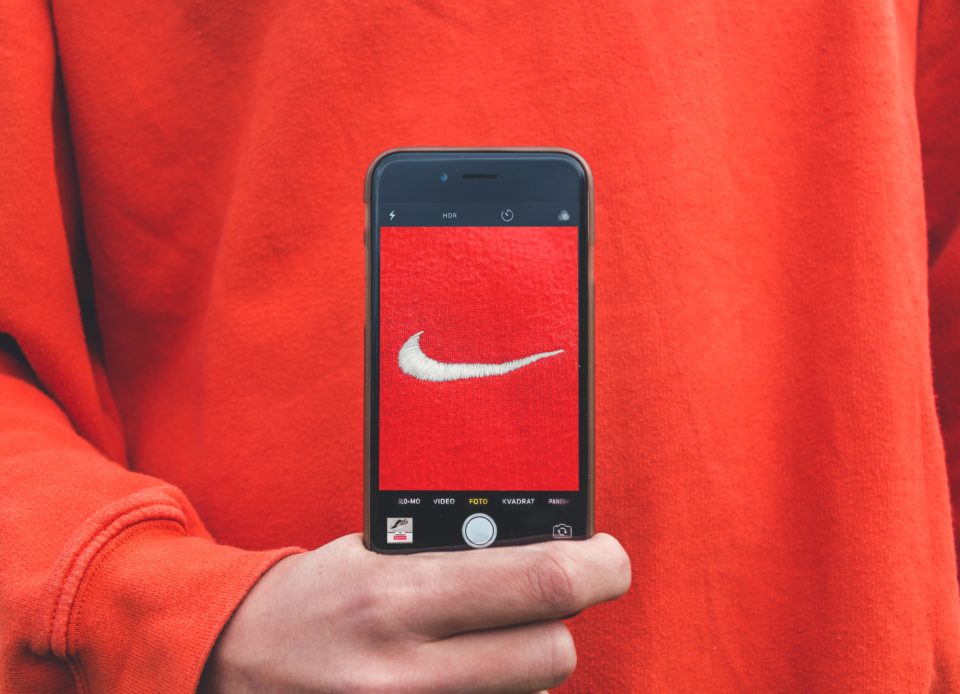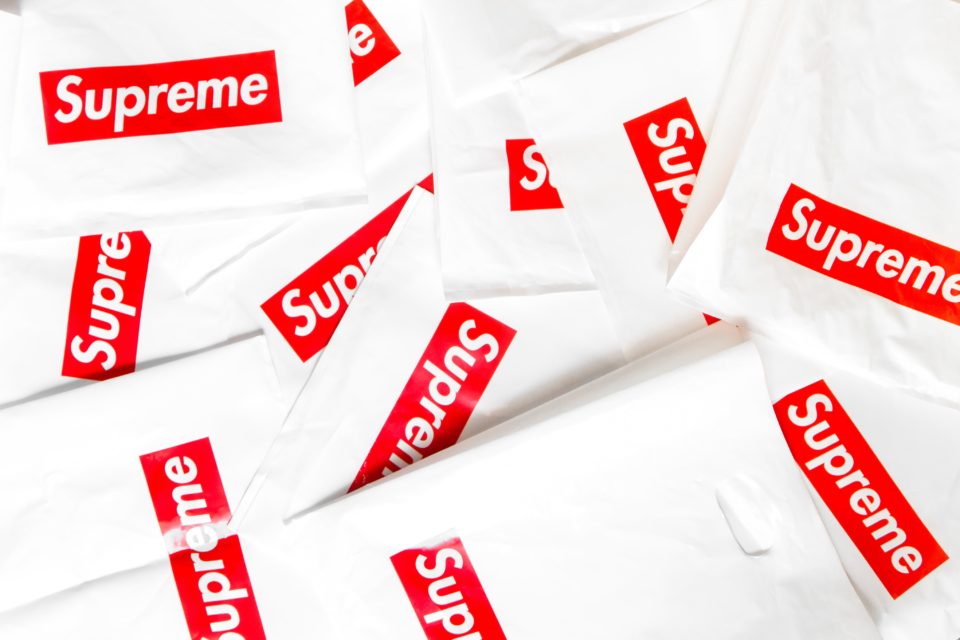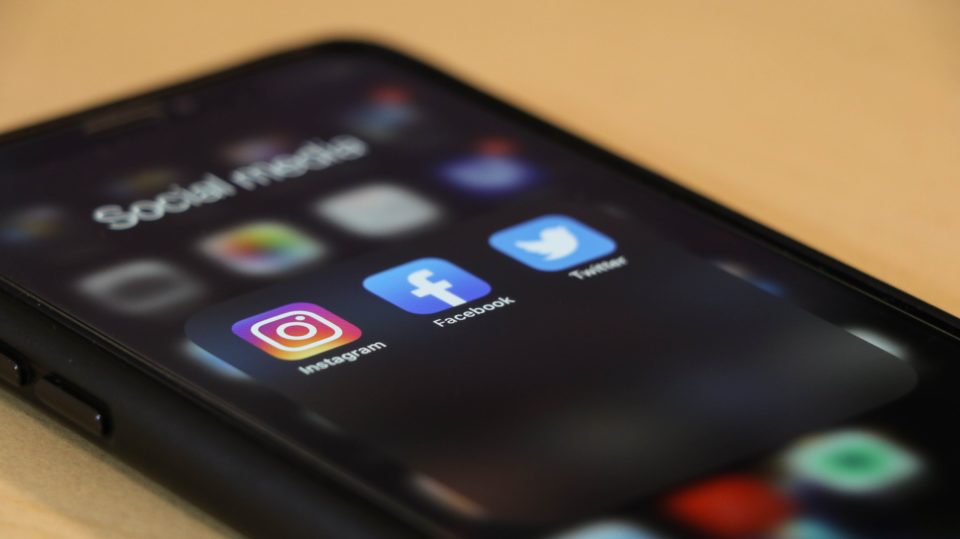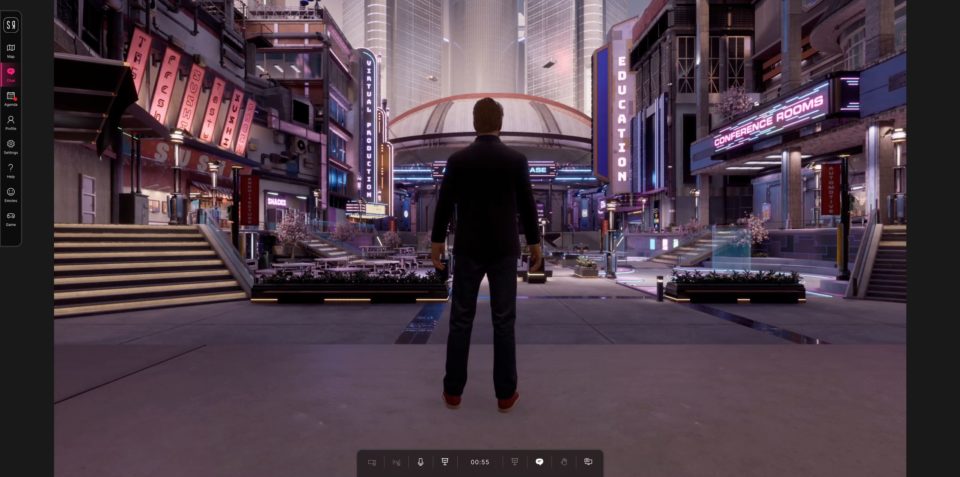Why brands no longer control the conversation

Have you heard the story of Tony Piloseno? Last year while working for paint manufacturer Sherwin-Williams in Ohio, he started sharing paint mixing videos on TikTok.
As of January 2021, his videos have racked up more than 26.5 million likes and 1.6 million followers on the video-sharing platform.
Let’s pause for a moment and consider what that actually means.
According to Statista, 39% of TikTok’s users are aged 18-24. It’s not exactly the demographic you might associate with paint. The majority of users within TikTok’s key age range won’t own, or perhaps even rent, homes to decorate.
Yet, in a world where watching paint dry is a benchmark for boring, somehow Piloseno made watching it being mixed a source of entertainment.
You may be thinking this was a win for Sherwin-Williams. Not so much it seems.
But not for the reason you think.
As already mentioned, TikTok’s main user base isn’t exactly reflective of your typical paint buyers. But it will be.
This young demographic are the homeowners and renters of the future. Getting them interested in paint now could have major long-term brand benefits.
The reason Sherwin-Williams aren’t winning in all this is because once his channel took off Piloseno pitched the company about doing some official marketing, but ultimately Piloseno was let go.
That isn’t the end of the story though.
After leaving Sherwin-Williams, Piloseno was approached by multiple other paint companies. He now works for Florida Paints.
What happened to his audience?
They went with him.
At the start, his audience doesn’t care about the specific paint brand. They’re not watching the videos because the name Sherwin-Williams or Florida Paints or whoever is attached to it. They probably haven’t even heard of them before.
They’re watching because they care about what Piloseno is doing.
He is interested in what he’s doing and he’s able to share that in a charismatic way that draws others in. There is a dialogue. Once the audience is invested then the brand starts to mean something to them.
You know what?
Piloseno proved it works because Sherwin-Williams became aware of his videos when they started getting a high number of customer enquiries about a technique in one video. That means their brand name was starting to become associated with his content.
Not anymore.
Historically, conversations about brands have been controlled in one direction. The brand does all the talking and the customer is expected to listen.
Is it any wonder then that customers have started utilising the accessibility of digital channels to start their own brand conversations?

The future of branding is individual
It’s long been said people buy people.
While brands have a history of partnering with celebrities for this exact reason, it is the ‘ordinary’ people in our lives that have typically had the most influence over what we buy.
Back in 2012, Nielsen reported that 92% of people trust word-of-mouth and recommendations from friends and family over any other form of advertising.
A few years earlier McKinsey stated that word-of-mouth was the primary driver behind 20-50% of all buying decisions.
Things don’t seem to have changed much in the last 10 years.
A 2020 survey from Kantar Media said 93% of consumers continue to trust friend and family opinions when making buying decisions.
People are talking to people about brands in a way that is much more powerful than any brand-led conversation.
It’s no longer just about people we know in real life though. The internet, and social media in particular, has massively widened our access to other people and their opinions. From this, we’ve seen the rise of the online influencer.
These individuals amass an engaged audience, via online content and often within a niche, that are interested in their opinions and recommendations. Brands leverage this relationship by partnering with influencers to sell to their audience.
Despite the fact that the audience doesn’t actually know the influencer personally, the effect is much the same as recommendations from friends and family. In 2018, a survey by Mediakix noted that 80% of marketers find influencer marketing effective.

Would Piloseno or other influencers be as successful if their content was being made by the CEO or Head of Marketing?
Probably not. (Unless they’re Steve Jobs.)
This is because authenticity goes a long way.
That’s not to say that your CEO or other staff aren’t authentic in their love of your brand. It’s that we typically find it harder to trust the opinions of people with a vested interest in the thing they’re telling us is great.
‘You have to say that’ is what crosses our mind.
Essentially, we don’t like being sold to. At least not in an overt way. It’s why we seek out and give weight to the opinions of individuals.
Research by Bazaarvoice found that 74% of customers surveyed prefer photos and videos from previous customers as opposed to professionally shot content.
In addition, 62% of consumers are more likely to convert if they can see photos and videos from previous customers.
Brands know this.
For example, many already encourage customers to share images of products online and tag the brand so they can reshare it. User-generated content isn’t just cheaper, but it’s more effective.
They ask customers to leave reviews because they know other potential buyers want to know what they think.
But what they know doesn’t always carry through to their actions. It seems that a lot of brands still see this individual-to-individual conversation as secondary to what they want to tell customers about their brand when actually it is THE conversation.
That ‘community’ that brands talk about wanting to build?
It’s happening organically via content like the videos created by Piloseno, and via the conversations that customers are having with each other. It’s just not happening under the strict control of the brand.

Brands can’t control the conversation about them
This is where it gets interesting.
While some influencers steadily build their audience over a long period of time, the viral nature of social media means individuals can gain large numbers of followers almost overnight.
As with the example of Tony Piloseno, this means it’s easy for a product or brand to become associated with the content of almost anyone – as long as they’re doing something interesting that people want to engage with.
Of course, what’s interesting to the general public may not be things that brands want to share with customers.
Last year, a KFC employee went viral on TikTok for showing the somewhat unsavoury way the brand’s famous gravy is made. Another individual went viral for showing the behind-the-scenes of a Starbucks drive-thru.
Chick-fil-A, McDonald’s, and Olive Garden are other food chains that have seen employees, and former employees, sharing secrets.
What may be worrying for some brands though is being capitalised on by others.
Dunkin’ has appointed a number of official brand ambassadors among its staff who have permission to create and share TikToks about working for the chain. The move is in response to the engagement Dunkin’ saw on videos posted by some employees on the platform.
Brand ambassadors make sense as they allow you to communicate what you want – in Dunkin’s case it’s things like recipes – but having multiple names rather than a singular entity helps to keep the focus on the brand.
Essentially, by formalising a practice that is already happening – namely staff sharing information about a brand online – Dunkin’ is looking to steer the direction of the narrative.

The thing is you can’t control what the public will say or do, and that includes what they say about your brand.
These brand conversations are happening regardless. And not only on official sanctioned channels or led by brand ambassadors that share only what you want them to.
The internet, and to a greater extent social media, has made it possible for these conversations to take place at speed and scale. A customer in one country can talk about your brand with someone on the other side of the world in a matter of seconds.
Conversations are taking place anywhere and everywhere. It’s up to you whether your brand is part of them or not.
Natural bath and beauty brand Lush is one company that has decided to remove itself from the social media conversation – officially at least.
Back in 2019, it announced that its corporate Twitter, Facebook, and Instagram accounts would close. The move was driven by the difficulties of social media algorithms in getting content seen. As such, Lush said it wanted to focus on talking to customers via its phone, email, and chat functions.
Has this stopped any conversation about Lush on social media?
Of course not.
In fact, while the official Lush company accounts may not be active, individual store accounts are still operating and are responding to customers as before. Customers are still sharing images, commenting on the brand, sharing their opinions, and using related hashtags.
The difference is that Lush no longer gets a direct brand voice in the public conversation. It can talk to its customers individually on a private basis – and this has a lot of good points – but it will also be missing out on talking to a large proportion of its customer base.

Conclusion
It’s hard not to wonder what would have happened if Sherwin-Williams had let Piloseno work on his content in an official capacity.
While we’ll never know the answer, there is a feeling of wasted opportunity.
Sherwin-Williams may not have started the conversation around paint mixing, but it could have had an official voice in it. It could have been the brand associated with making paint interesting. Now it may well be another brand that will get to be in on the conversation.
Does it matter?
That’s for each retailer to decide for themselves. However, the old adage ‘if you can’t beat them, join them’ rings somewhat true here.
If the conversation is happening anyway, it feels better to be a part of it, to really listen and understand, than to stick your fingers in your ears. Even if you don’t like what is being said, at least you can act on it.
You may not be able to control it, but there will never be a more valuable conversation that you can have than the one with your customer.
Creating a community is hard. We can help you identify new opportunities to connect with customers and position your brand for success.
Related Articles
Below are other articles from our blog that cover similar topics:



